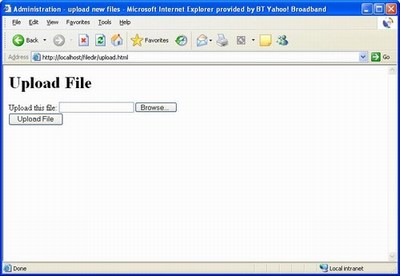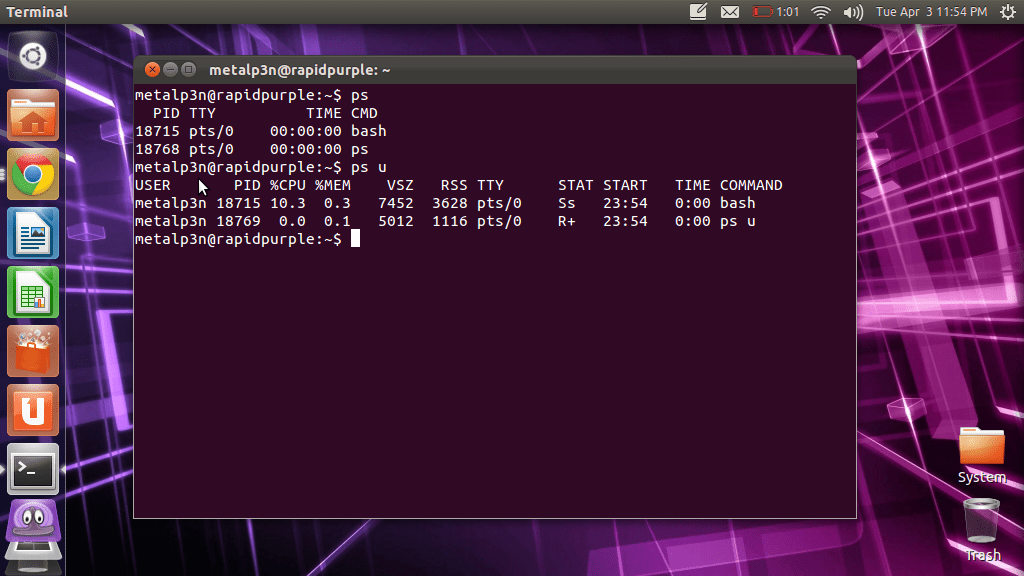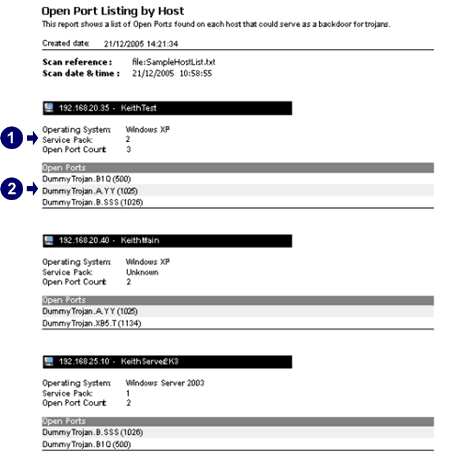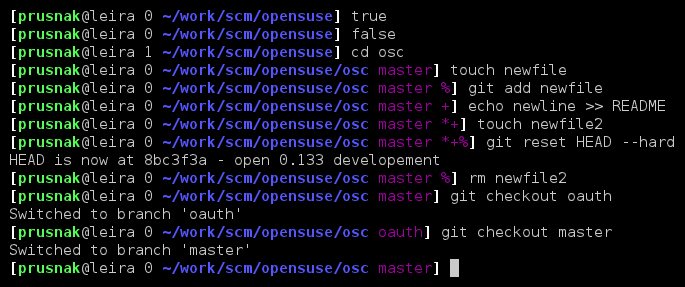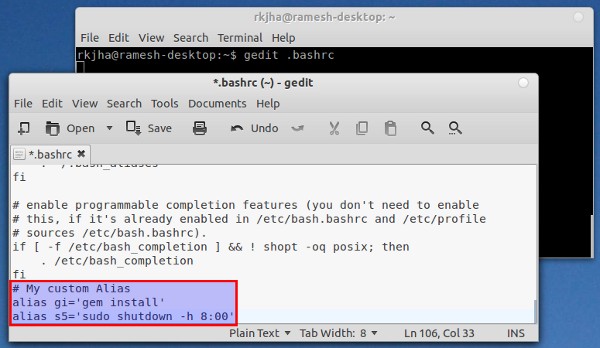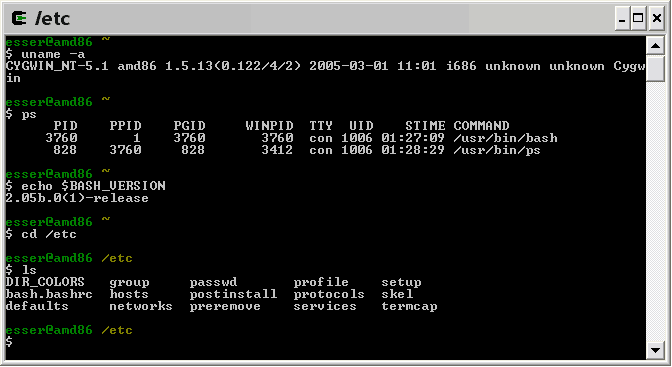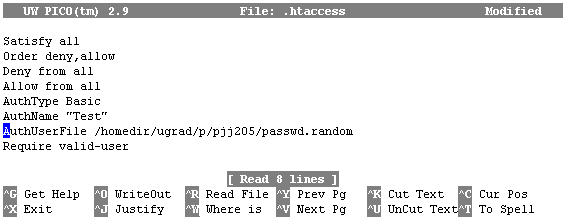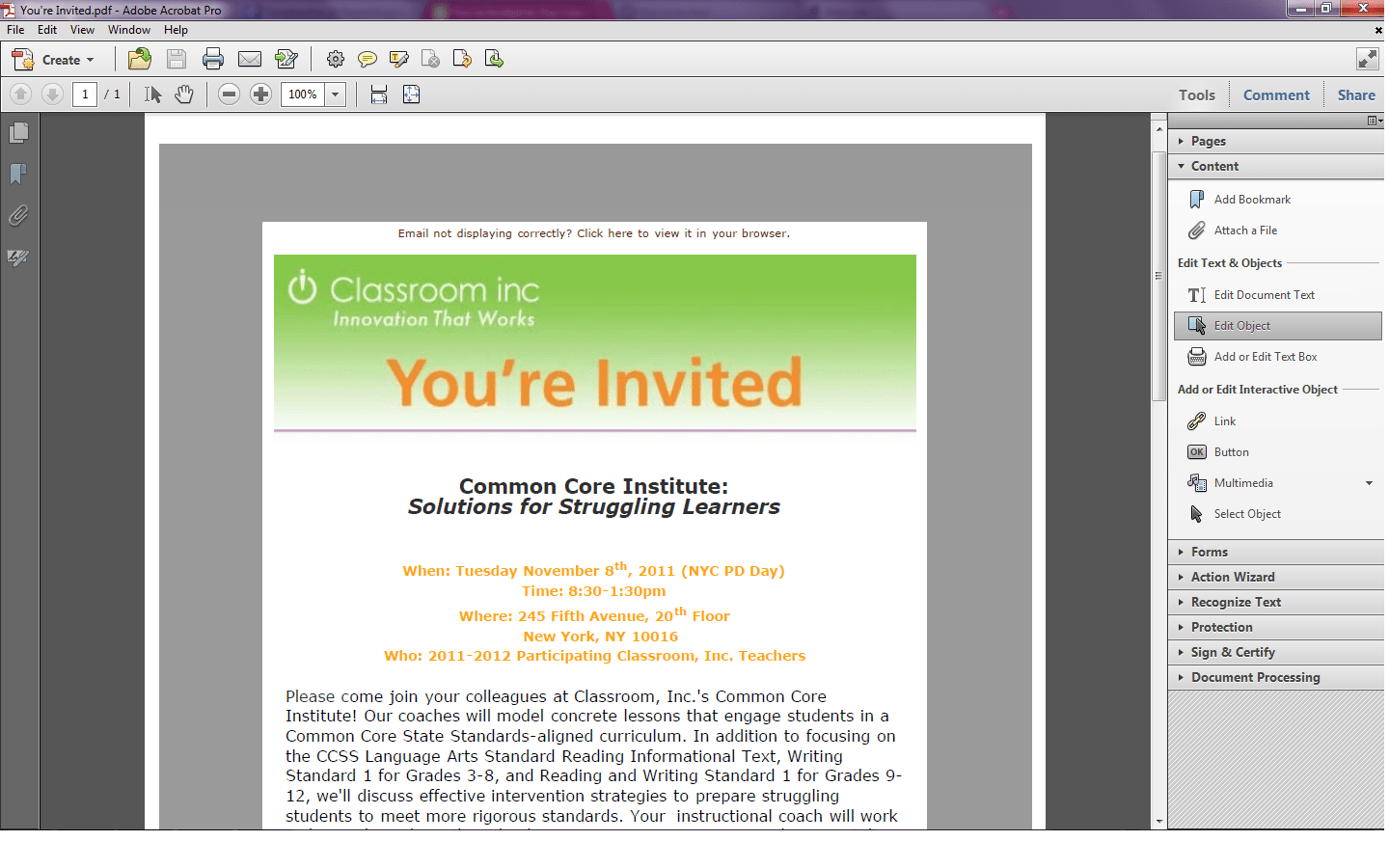Welcome to the .htaccess tutorials section of the Rapid Purple blog. The following tutorials are aimed to give you an introduction to creating and working with an .htaccess file; along with a few useful tips and tricks every webmaster should be familiar with. Creating An .HTACCESS File First things first. Before you can start using […]
Category Archives: Tutorials
Denying Site Access
Denying and allowing access to your website can be accomplished very easily with .htaccess. In order to block an IP address you would use the following command within your .htaccess file: deny from 000.000.000.000 Replace 000.000.000.000 with the IP address you wish to block. If you only specify one or two groups of the numbers you […]
File Upload via PHP/MySQL
As per the request of Spaculus I have decided to put together a tutorial discussing how to upload an image to your server, and store the information about that uploaded image into your MySQL database. This is a function that can often come in handy when developing a user membership system with avatar support, or a […]
Escaping Characters and Variable Expansion
Escaping characters is basic, but essential to an error-free PHP script. Consider the following sentence for example: Mike’s uncle said, “Isn’t that cool?” Now if we attempt to use PHP to echo this sentence to the browser, those quotes and apostrophes will cause some problems. The quotes and apostrophes inside the string are confused for […]
Server Security: Processes and How to Terminate Them
Since Linux is a multi-tasking system, in which many different programs or program threads may be running simultaneously, Linux keeps track of all individual tasks and processes – much like the Task Manager within Windows. Although these processes are usually well-behaved and well-managed by Linux itself – it’s always helpful to be able to know […]
Trojan Port List
Following the recent breach of the popular hosting company, ServerPro, the internet is back to buzzing about trojans and server ports, which it should be. It never should have stopped in the first place. With that in mind – comes this list – listing the majority of the more popular known trojans, and the ports […]
Server Security: Turn Off rwhod
The rwhod daemon is a process that allows a remote user to see who is logged into your system. The client program is rwho. It has many of the same security problems as the finger daemon. For a crack,er use of rwho could allow him to watch for times on your system when nobody is […]
The BASH Shell: Pipelines
Pipelines are a great way to string together a series of commands. This means that the output from the first command in the pipeline is used as the input for the second command in the pipeline. The output from the second command in the pipeline is used as the input to the third command in […]
The BASH Shell: Command History & Aliases
Command History Bash keeps track of a certain number of previous commands that you have entered into the shell. The number of commands is given by a shell variable called HISTSIZE (which we will discuss later on). Bash stores the text of your previous commands in a history list. When you logon to to your […]
The BASH Shell: Wildcards & Command Line Completion
The GNU Bourne-Again SHell (BASH), as the name implies, is an extension of the Bourne shell. It provides a Command Line Interface (CLI) for working on *nix systems and is the most common shell used on Linux systems. Chances are that if you’re managing your own virtual or dedicated server – you’ll end up using […]
Starting Off In Photoshop
Photoshop is an extremely useful tool for anyone working with the internet. From simple screenshots, to complex photo manipulation – it can handle it all – and then some. There is almost no limitation to what you can do with Photoshop – however this also means that there is ALOT to learn when it comes […]
Stylish Grid
In this Photoshop tutorial will show you how to create a stylish grid through the use of just a few filters. We’ll start as usual with a new blank document, any size, with a white background. With Black set as your foreground color, go to Filter > Render > Clouds. Next go to Filter > Pixelate […]
Proper Use of Heading, ALT & Title Tags
[frame align=”left”] [/frame]Improve web design and search engine performance all in one easy step! Believe it or not, it is possible, easy, and really straightforward. There are 3 extremely useful tags and attributes that most people overlook, or do not take advantage of properly. These are the alt tags, title attributes in links and heading […]
Display Page Loading Time
Have you ever noticed that lots of websites feature some text towards the very bottom of a page saying “Page took x.xxx seconds to load”? It’s a pretty simple thing to make and gives your site something that we all love … stats! So today we’ll take a look at how to accomplish this through […]
Connecting to a MySQL Database
None of our previous PHP tutorials have dealt with a database yet, and that is for the sole reason that not everyone has access to a database, however for those who do this tutorial will teach you the basics on how you can connect to your database. We wont be covering SQL queries and the […]
Using Custom Extensions
Ever wondered how Google makes some of their pages have the extension .g? This is a fairly easy procedure really, and htaccess does a great deal in helping us accomplish this. First decide what you want the new extension to be, for our purposes we will use the extension of .purple (simply because it makes sense – what […]
Selecting Default Index Files
Most web hosts setup your account to use a specific file as the index file. In most cases this is either index.html, index.php, index.htm or defualt.html, but what happens if you don’t want to use any of those names for your index file? What if you want your index file to be called thestart.php (for […]
Create a PDF of a Website
Earlier today I had sent out a new email campaign for one of my clients, an invitation for one of their latest training sessions, and had immediately gotten a request from one of the meeting’s coaches about the possibility of turning that invite email into a PDF so that they could easily attach it via […]
Creating Custom Error Pages
One of the most common uses for a .htaccess file is to create custom error pages. The Apache server comes pre-installed with several different error pages, the problem with them is that they are quite frankly…. ugly. In order to use custom error pages we just need to add the following line(s) to our .htaccess file (for […]
Creating a .htaccess file
Before you can start using any htaccess commands and functions, it is important to know how to create a .htaccess file. Surprisingly this actually causes people lots of problems. Most Operating Systems, Windows in particular, will not accept the file name .htaccess when you go to try to save the document. This error seems to […]


